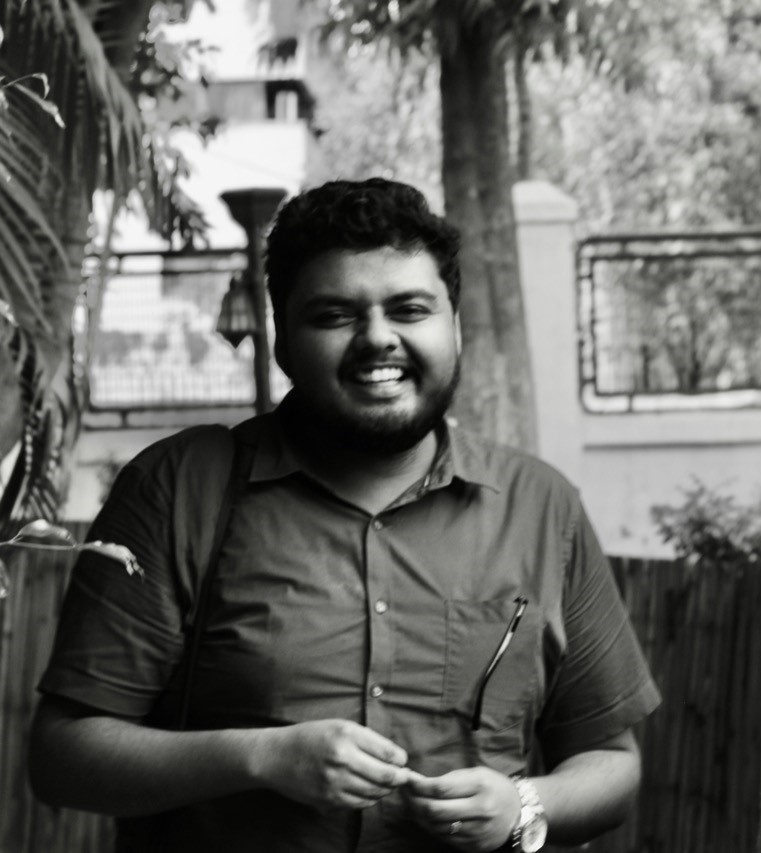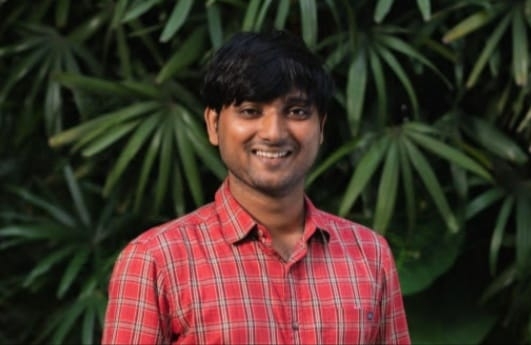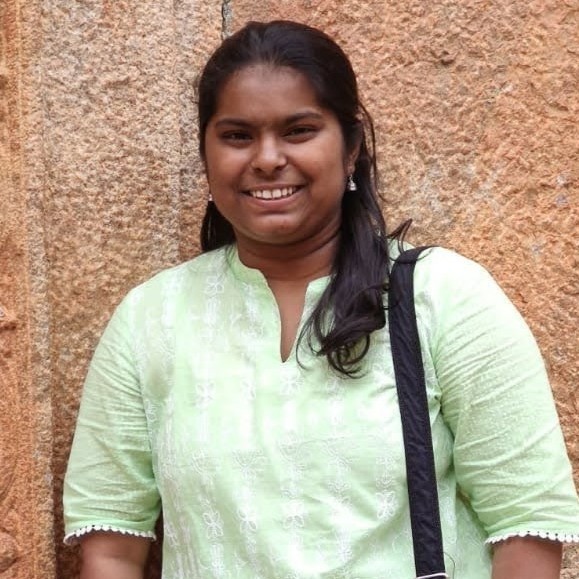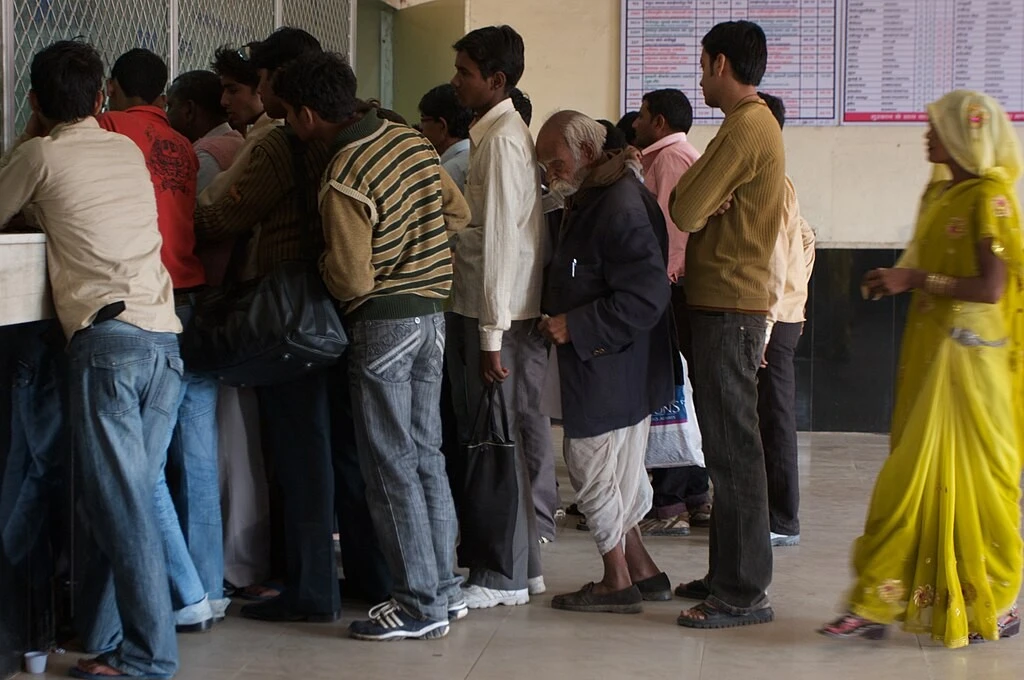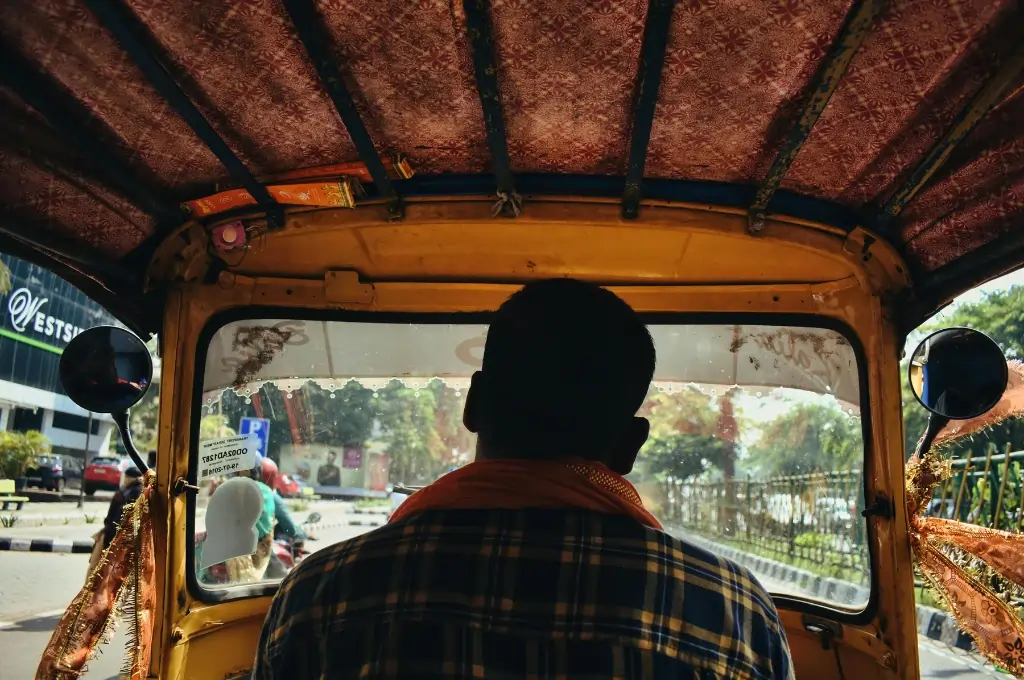In cities across India, most informal work is mediated and actively sought through labour nakas—places where workers gather to look for work. One such naka is in Mumbai’s Kurla, near the Saki Naka area, one of the largest manufacturing and recycling hubs in the city. The locality has a diverse range of manufacturing and processing units, mostly dealing with metal, chemical, and garment production. Another significant industry in this cluster is of waste collection and processing.
Although these labour nakas witness a diverse range of workers coming into Mumbai to seek work, certain nakas actively deploy hamal or ‘loading–unloading workers’ round the clock. These workers are mostly engaged in operations of loading and unloading, carrying, stacking, or similar tasks. They majorly serve small industries and construction sites. Hamal workers congregate for work and reside in this area, and are mostly migrants from districts such as Balrampur, Siddharthnagar, Gonda, and Basti in Uttar Pradesh and Darbhanga, Khagaria, Purnia, and Katihar in Bihar. A small number of migrant workers also come from as far off as Nepal.

Hamal workers form a significant group of urban unorganised workers and are among the most economically and socially marginalised. Many hamal workers in Saki Naka are Muslims, a community which, according to Periodic Labour Force Survey data released in 2023, ‘have the lowest asset and consumption levels among major religious groups’ and are among the ‘poorest religious groups in the country’. Muslim hamal workers in Saki Naka face discrimination both within and outside the workplace. They are often left to do the more vulnerable jobs such as carrying metal waste. Muslim workers find it difficult to manoeuvre the highly informal labour market in Saki Naka and bargain with employers due to fear of ostracisation and unemployment.

Malik, a hamal worker with nearly 35 years of experience, faced a challenging situation where his employer withheld his wages—amounting to approximately INR 1.5 lakh—for almost a year. Despite this, Malik felt compelled to hold on to the non-paying job due to fear of unemployment and being pushed out of the labour market.

In Saki Naka, the work arrangements that workers enter into, and the corresponding wage rates, are reflective of the findings put forward by survey data. Most hamal workers are single, male migrants and broadly involved in two types of work arrangements. In the first, they are paid approximately INR 800 for a full day of work (eight to 12 hours) and are provided with a meal. In the second, they are paid INR 200–500 for a shorter duration, depending on their mehnat (effort) and the specific tasks completed, such as the loading and unloading of metal parts, furniture, or construction material.
The Maharashtra Mathadi, Hamal and other Manual Workers (Regulation of Employment and Welfare) Act, 1969, clearly states that the state government can—by way of a scheme—regulate employment including rates of wages and hours of work, and also provide social security, housing, etc. However, there is no standardised method to calculate this mehnat and provide a commensurate or fair remuneration to the worker. This is, and always has been, dependent on their maalik (employers, who are not fixed and keep changing). More importantly, the amendments introduced to the existing act in 2023 limits the definition of ‘unprotected worker’, thus creating more confusion. Additionally, the Mathadi Act does not provide clear information on migrant workers, making them even more vulnerable.
Brijnath,* a hamal naka worker for the last 17 years, shared that the wages haven’t increased much over the years. In 2009–10, he was earning INR 300–400 a day. More than a decade later, his wages have seen a meagre increase by INR 100–200 a day. The work at the naka, however, goes on day and night. Brijnath says, “Even if a truck arrives at 1 am, we have to go and load/unload it. At times, workers must start their day at 5 am to travel to Pune, Satara, Bangalore, or other cities to only return by 8–9 pm.”

Although wages have remained constant or have slumped over the years, expenses have skyrocketed. The cost of living in a city like Mumbai poses a challenge to the hamal workers, who have to spend INR 1,000–1,500 individually for rent in a shared room with at least 8–10 workers. Food and other daily expenses take up another INR 200–300. Workers who are unable to afford rents are often forced to stay at the gala or factory units, which is made easier because of their networks with owners who in some cases come from the same villages or cities as the workers. “After spending on all essentials, we are only left with half of what we earn, which we send back home,” says Malik.* Sixty-five-year-old Malik, fondly addressed as Chaurasiin the locality, earns the same wages as Brijnath, but is only able to find work for 15 days in a month due to his old age. On the remaining days, he resorts to loading and transporting iron objects. “Small tempos have affected our transportation work. We only get loading–unloading work nowadays,” says Malik.

At nakas, workers have to struggle for even basic facilities such as public toilets and drinking water. Often, they turn to nearby restaurants for drinking water. One of the most populated nakas in Kurla (L-Ward), near Saki Naka, hosts more than 350 workers but lacks a proper area that they can use while waiting for work. Due to this, workers become the victims of verbal abuse by shopkeepers, who force them to move away when they sit or rest near the shop premises.

Hamal work is also highly dangerous. Pulling, pushing, lifting, and transporting heavy objects for eight to 12 hours every day makes workers prone to different kinds of musculoskeletal problems. Workers end up with sprains in the course of their work, and often suffer crush injuries and cuts on their hands and legs. In such situations, workers have to bear hefty medical expenses as they go to local pharmacies or private hospitals for treatment. Since they are not compensated for the injury or the day’s wages if they are injured and miss work, they avoid going to government hospitals where long queues and slow services force the workers to forego an entire day’s earnings.
Such harsh working and living conditions force hamal workers into severe marginalisation. Beyond the general challenges of informal work—such as irregular job availability; undefined wages for casual labour; and lack of basic facilities like sanitation, water, resting areas, housing, paid leave, and medical assistance—migrant workers face additional struggles. They are often subjected to discrimination and divisive politics based on their identity, making it difficult to organise and collectivise at the grassroots level. Migrant workers find it challenging to raise their voices in collective spaces or secure leadership roles in unions, which are frequently dominated by local workers and influenced by linguistic, regional, or sociopolitical affiliations. Their vulnerability is made worse by the absence of social security and welfare benefits at their work destinations. Most remain unregistered on government portals such as e-Shram or Ayushman Bharat and possess only basic identification documents such as Aadhaar and PAN cards.

Through its collectivisation work at the grassroots level, Aajeevika Bureau has brought together informal workers in Mumbai under the Kamgar Sahayata Samiti (KSS), a worker-led collective that advocates for the rights of informal sector workers. Brijnath, an active member of the KSS, encourages other hamal workers to come together as a collective to advocate for their rights.

Hamal work in Saki Naka has carried on for generations. Brijnath’s father Chimaram* worked for 42 years at the same naka where his son works today. Looking at a tall residential complex, he narrates, “I’ve seen these buildings getting constructed and have also gone for work there. Many of us got work due to such sites. I also worked at a famous Jain temple nearby—I’ve seen it all.” Although hamal workers like Chimaram and Brijnath have played an important role in building the city, they continue to live marginalised lives at its peripheries, often struggling for basic subsistence and dignity.
*Names changed to maintain confidentiality.
The original version of this photo essay was published on the blog Migrantscape.
—
Know more
- Learn more about the conditions of workers in boiler factories in Ahmedabad.
- Listen to an interview with Baba Adhav, an activist who helped organise hamal workers into a union called the Hamal Panchayat.

